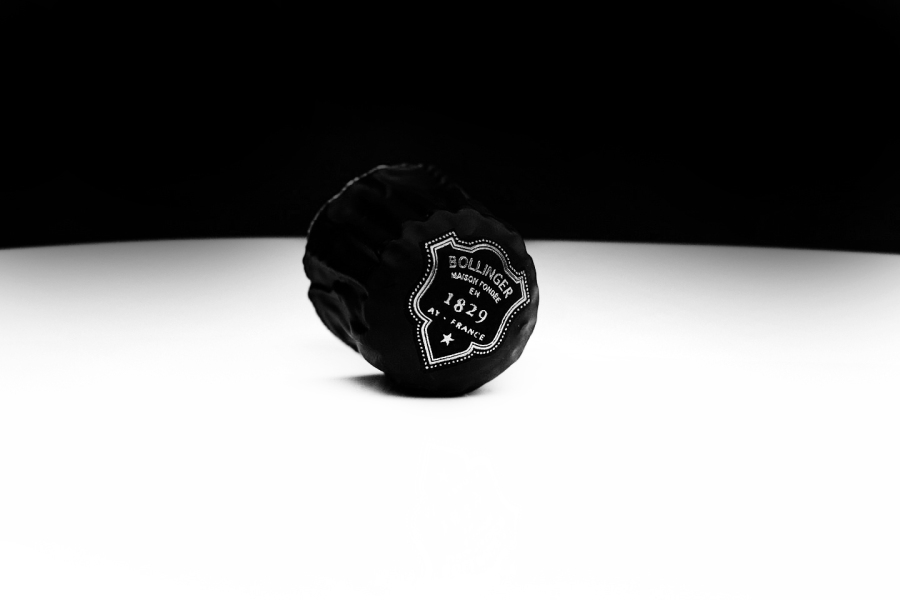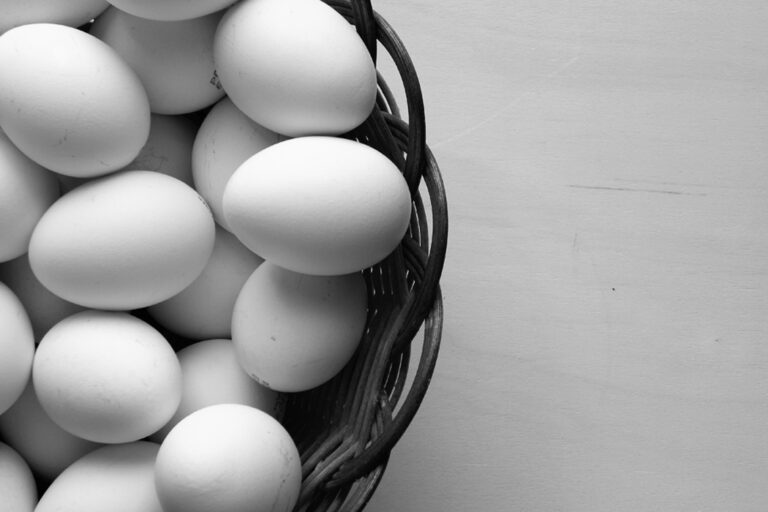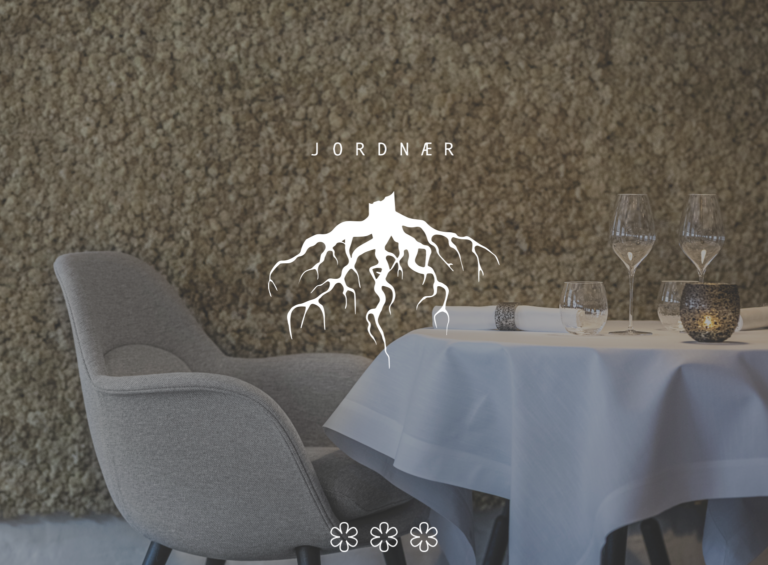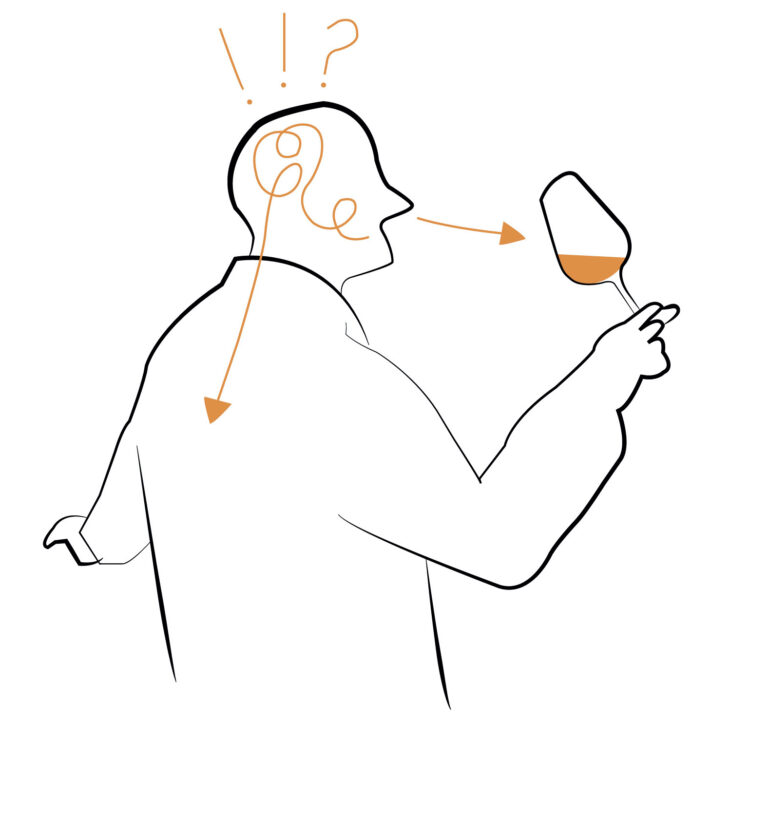Every Friday The no1 Champagne expert in the world will taste new & old Champagne s to give You a tip or two for the weekend. On a fresh January morning Richard Juhlin & Björnstierne Antonsson chared a new vintage of Bollinger R.D. with chef de caves Denis Bunner of Bollinger.
Estimated reading time: 5 minutes

So it was finally time for a new vintage of Bollinger R.D. One January morning during Saint Vincent, Richard Juhlin and Björnstierne were invited into Bollinger’s most sacred tasting room for a prerelease of 2008 R.D. together with Chef de Cave Denis Bunner.
R.D. according to Bollinger
An old vintage, with a very low dosage, that has been disgorged just prior to release: R.D. is a wine that has always been ahead of its time and embodies Madame Bollinger’s visionary spirit. The combination of the long wait during the ageing process and the immediacy of disgorgement enables the harmonious contrast between the different temporalities of R.D.Today, Bollinger R.D. 2008 is lively and exceptionally complex, taking us on a journey outside time. Hazelnuts, with all their freshness and generosity, are the perfect ingredient to echo a wine of such splendour.
The 2008 vintage is characterised by its remarkable precision and opulence
The assembly of this 2008 vintage is composed of 71% Pinot Noir and 29% Chardonnay. A total of 18 crus can be find in the blending, mostly Aÿ and Verzenay for Pinot Noir and Le Mesnil-sur-Oger and Cramant for Chardonnay. The fermentation is entirely in oak barrels. Bollinger R.D. is sold just a few months after being disgorged, with a very low dosage known as “extra brut”, at just 3 grams per litre. The recent disgorgement guarantees the remarkable freshness of the wine.

Tasting note by Champagne Club by Richard Juhlin
When I put my nose in the glass, I was teleported back to the lawn at Place Colbert in Reims in the summer of 1989. It was there and then I tasted the at the time the recently released 1979 Bollinger R.D., with my Swedish friends for the first time. It is extremely fascinating how strong the scent memory can be. My experience was so intense that for a few seconds I really found myself in another era. Considering that after the 79′ I have tasted hundreds of R.D. bottles from twenty or so other vintages, I initially found it remarkable and extremely fascinating. However, it was explained when Denis told us that he factually studied his statistical logbooks to look for vintages that were similar to the 2008 he was now going to present. He then found that the numbers were almost identical to another vintage.
‘Which one? Yes, that’s right, 1979! So there was a perfectly logical explanation for my scent teleporting journey.’
Richard Juhlin
This is something I have often thought about in my job as a blind taster. Would you be able to score all the wines you tasted before if they always tasted the same? It is, of course, a utopian question because each wine changes over time and, moreover, each bottle is unique. What I just experienced this morning in Aÿ is probably the closest to such an utopian exercise you can get thanks to the almost twin-like constitution of two vintages. What, then, shaped these twins? Simply put, it’s the similarities of the weather in both years and all the decisions made by Bollinger from harvest to disgorging. Both years produced an exceptionally slow fine and cool maturation where the extra years in contact with the lees the house gives its R.D. wines are key to accentuating its aromatic magnificence.
It is not always that Bollinger’s La Grande Année gains so much from being presented as R.D., but in this case the boost is extra obvious. Personally, I always think that the R.D. boost is strongest in cool and acidic vintages when the autolytic character gets more space to fill the gaps in the leaner wines that are around the narrower backbone of the wine. The nutty and warm bready aromas embed the acidity in an outstandingly grandiose suit.
This beautifully sparkling 2008 is surprisingly light in colour, but will surely deepen towards more golden tones in the near future a little further from its fresh disgorgement date.
The colossal and wonderful scent is of such dignity that words can n’ever do it full justice. If I do try to describe this unique perfume, it is dominated by hazelnut cream from Piedmont, Domori chocolate from Venezuela, madeleine cookies, almond paste, wood sauna, gunpowder, grilled beef, duck liver, honeysuckle, mushroom cream, honey and nougat.’
RICHARD JUHLIN
It takes a long time in the glass before the fruit appears and at the same time the nutty and grilled aromas tone down a bit. The taste is vibrantly fresh while being rich and grilled nutty. Here, minerality and sea aromas such as iodine and oyster shells show up together with an apricot-like sublime fruitiness. After a fresh attack, my senses are left supremely satisfied with an exemplary long aftertaste of honey.
If we stick to the facts, this fantastic champagne is composed from 18 villages, with the dominant parts as usual being Verzenay and Aÿ for Pinot Noir and Le Mesnil and Cramant for Chardonnay. It is notable that the dosage was kept to a record low 3 grams of sugar. My second bottle was a bit tighter than the first, so despite my 97 points from the start, it might be wise to wait six months before opening this already legendary wine. Given that we already have many years of experience with how beautifully the twin 1979 R.D. has developed and how well the wine has stood the test of time, my advice is to drink this gem between 2024–2030. Personally, I will even rather buy magnums that I will drink between 2027-2040.
97(97)p





